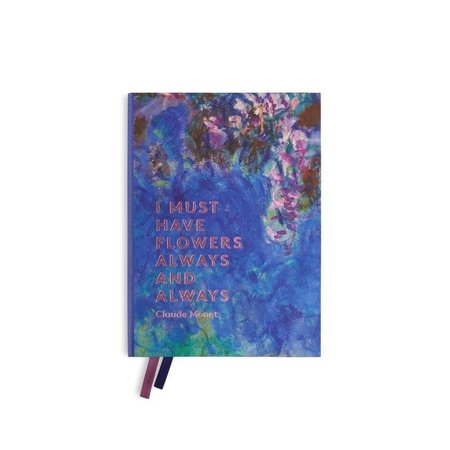Notebook flowers by Rachel Ruysch
- Product description
- Reviews
Ruysch was born in The Hague but moved to Amsterdam at the age of three when her father, Frederik Ruysch, was appointed to the Athenaeum Illustre. Her mother was a daughter of Pieter Post, the architect and a niece of Frans Post, the Brazilian painter. At the age of fifteen, her father apprenticed her to Willem van Aelst, a prominent painter, known for his flower still lifes. Her younger sister Anna was also trained as a painter.
Father Ruysch was now a prominent anatomist and botanist, who was appointed in 1685 at the Hortus Botanicus Amsterdam. He was famous for his knowledge of the preparation of human anatomy and was visited by Peter the Great in 1697. Rachel had decorated the pots, including a vagina and a child's body, with flowers and lace. The tsar may have seen rocks consisting of kidney stones. Rachel was an excellent decorator.
In 1693 she married the portrait painter Jurriaen Pool (1666-1745) with whom she had ten children. In 1701 Ruysch became the first woman to become a member of the painter's group Confrerie Pictura in The Hague.











